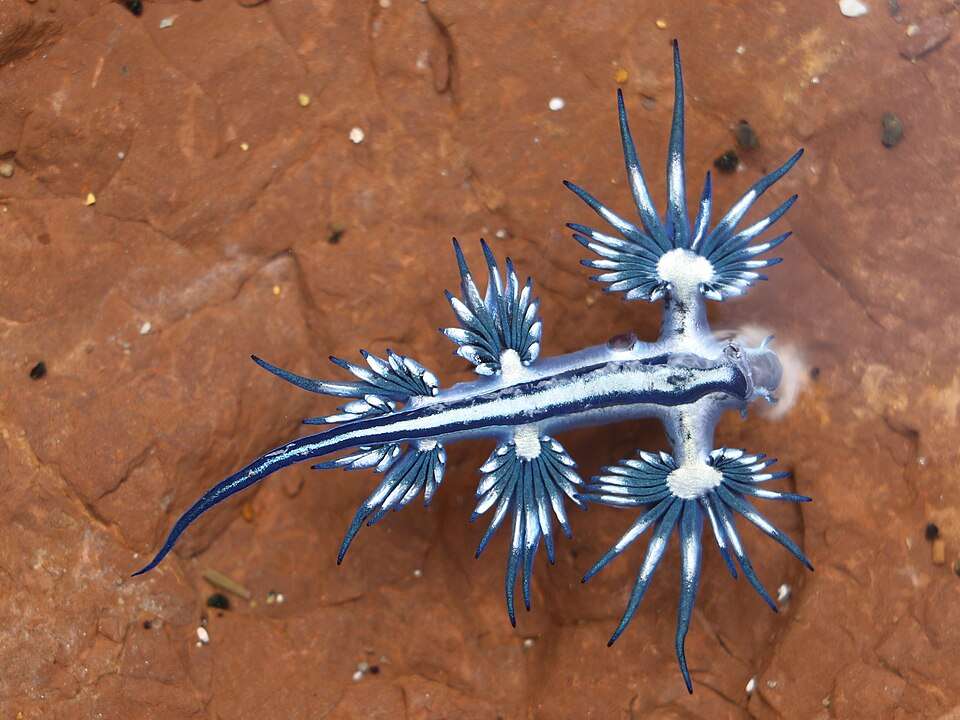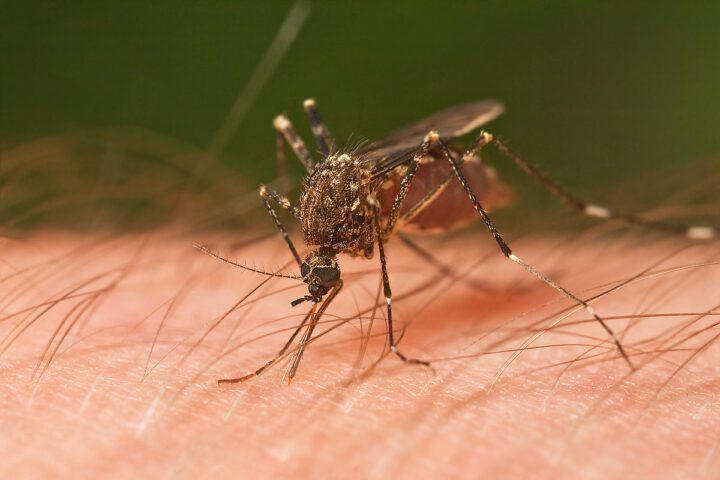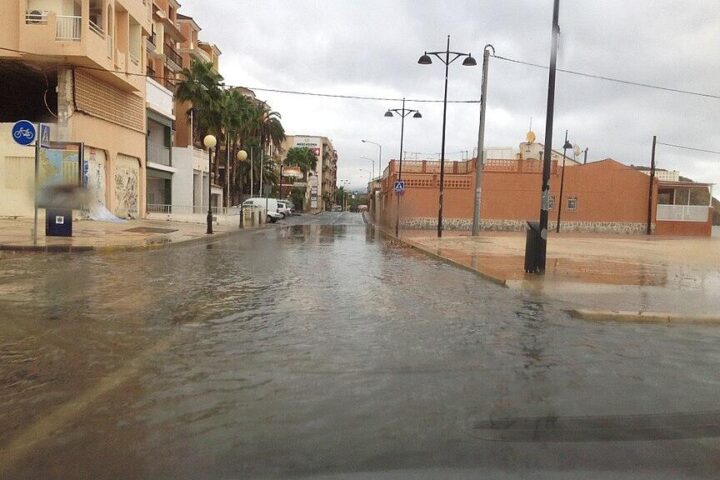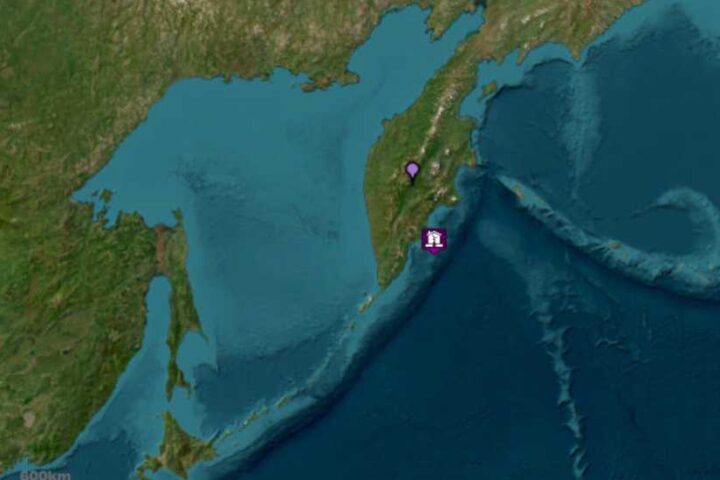Red flags were raised on Wednesday across Guardamar del Segura beaches after two Glaucus atlanticus sea slugs—commonly called Blue Dragons—appeared at Playa Vivers. Authorities temporarily banned bathing on Guardamar’s beaches (the town’s coastline is about 11 km) after these small but venomous creatures were spotted.
On Wednesday, Guardamar mayor José Luis Sáez announced on social media: “Bathing is prohibited following the appearance on Vivers Beach of two specimens of Glaucus atlanticus, known as the Blue Dragon.” He urged people to avoid contact with these creatures despite their eye-catching appearance.
The situation has since evolved. By Thursday, authorities downgraded the warning from red to yellow flags, indicating swimmers can now enter the water “with caution” following a special surveillance operation to monitor for additional specimens.
What Are Blue Dragons?
These fascinating but dangerous sea slugs typically measure about 3 cm (1.2 in) long but pack a powerful punch. Glaucus atlanticus feeds on venomous creatures like the Portuguese man o’ war, storing the stinging cells within its own tissues for defense. Experts say this can make its sting more painful than that of its prey.
Their distinctive blue and silver coloration serves as camouflage—they float upside down, with their blue underside blending into the ocean surface when viewed from above, while their silvery back blends with the bright sea surface when seen from below.
Why They’re Dangerous
Despite their small size and beautiful appearance, blue dragons pose a real health risk. The creatures concentrate the venom from their prey, making their sting potentially more potent.
Contact can trigger:
- Intense pain and burning sensation
- Redness and swelling
- Nausea and vomiting
- Allergic reactions (in severe cases)
Importantly, avoid contact even if specimens are washed ashore; nematocysts may still fire after death. Never handle them, even with gloves.
First Aid for Stings
If stung by a blue dragon, experts recommend:
Rinse the area with seawater (not fresh water) and carefully remove any visible tentacles with tweezers or a card without rubbing. For many jellyfish stings, applying hot water immersion (about 43-45°C for 20-45 minutes) can help relieve pain. Consult local health guidance for species-specific advice, as treatments like vinegar may be helpful for some stings but harmful for others.
Never use fresh water or urine, as this could worsen the effects. Seek medical attention immediately if symptoms are severe.
Why They’re Appearing in Spain
Blue dragons typically inhabit tropical and subtropical waters in the open ocean. Scientists say changes in sea temperature and currents can influence where drifting species turn up; researchers are investigating whether such factors helped bring these specimens to Spanish coasts.
Blue dragons are commonly found in waters around the Canary Islands, where warning alerts are regularly issued to swimmers, but their appearance along Mediterranean shores is less common.
Reporting Sightings
Spanish authorities and researchers recommend using MedusApp — a citizen-science app (developed with Spanish universities) that records sightings (photo + GPS) and helps map jellyfish and related organisms. The app allows users to report jellyfish and similar marine organism sightings, creating a real-time map to warn others.
This information helps scientists track the movement and presence of potentially dangerous marine life along the coast. The app also includes a guide for identifying species and first aid recommendations.
The Climate Connection
Marine biologists say such unusual sightings are being monitored as part of a broader pattern of changing marine distributions; some researchers point to warmer sea temperatures and altered currents as possible contributing factors, though multiple drivers are involved.
Historically sightings in the Mediterranean were uncommon; recent records along Spanish coasts have prompted scientists to study whether changing ocean conditions are a factor.
What Beachgoers Should Do
If you’re visiting Guardamar or other Spanish beaches:
- Observe flag warnings (red = no swimming, yellow = swim with caution)
- Never touch blue dragons or other unknown marine creatures
- Alert lifeguards immediately if you spot one
- Download MedusApp to report sightings and check for alerts
- If stung, rinse with seawater and seek medical help
Municipal authorities have implemented special surveillance operations to monitor beaches for additional specimens. The immediate ban was a precautionary measure to protect public safety while experts assessed the situation.
Beach visitors should stay informed about flag status and follow official guidance as conditions may change quickly depending on monitoring results.



















